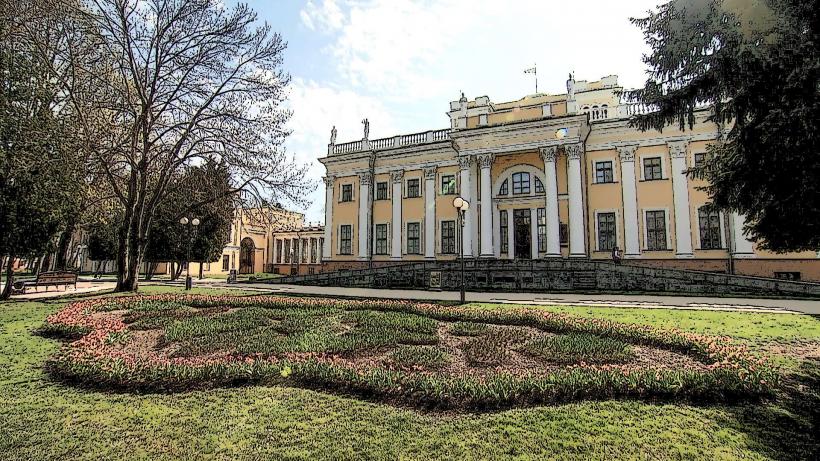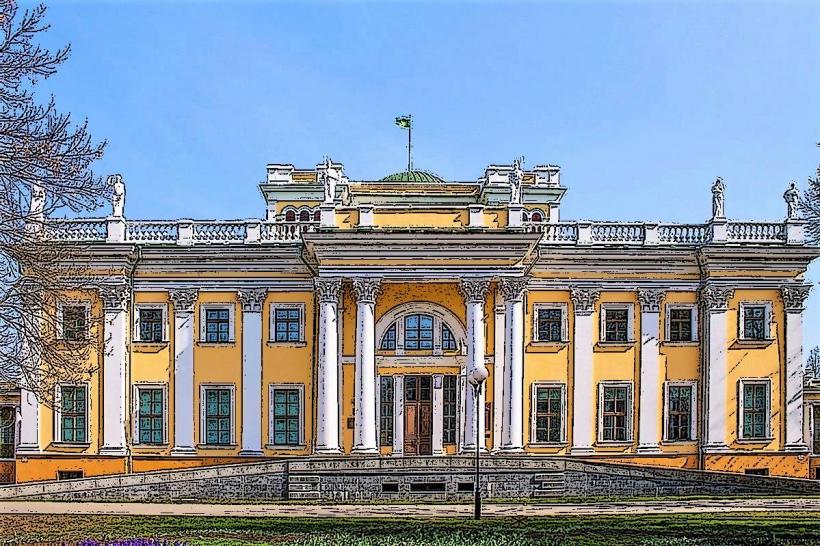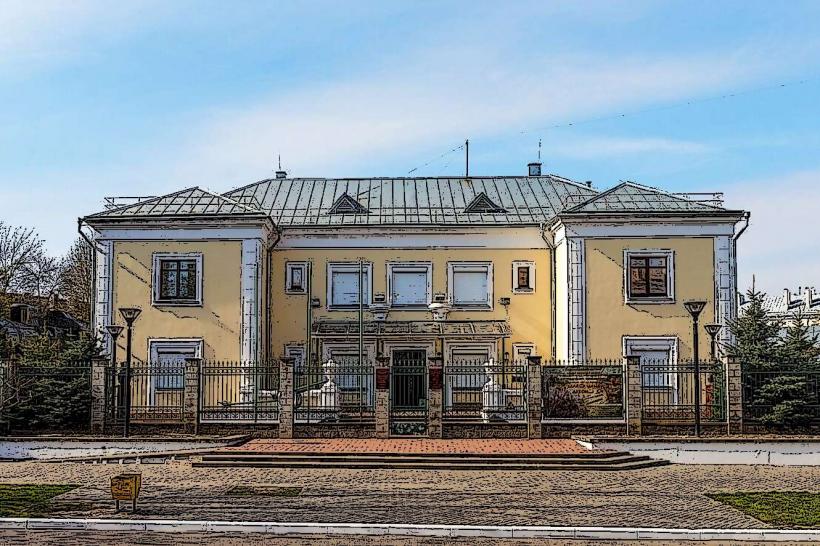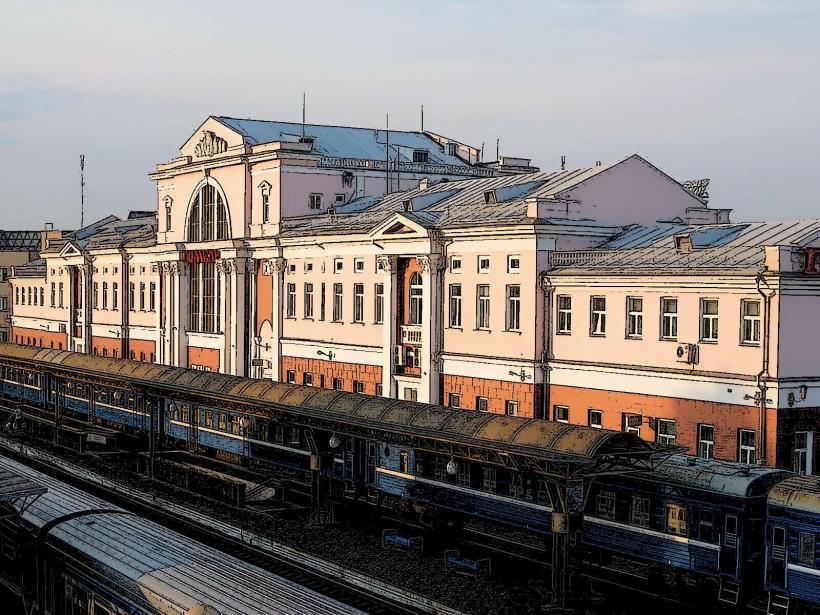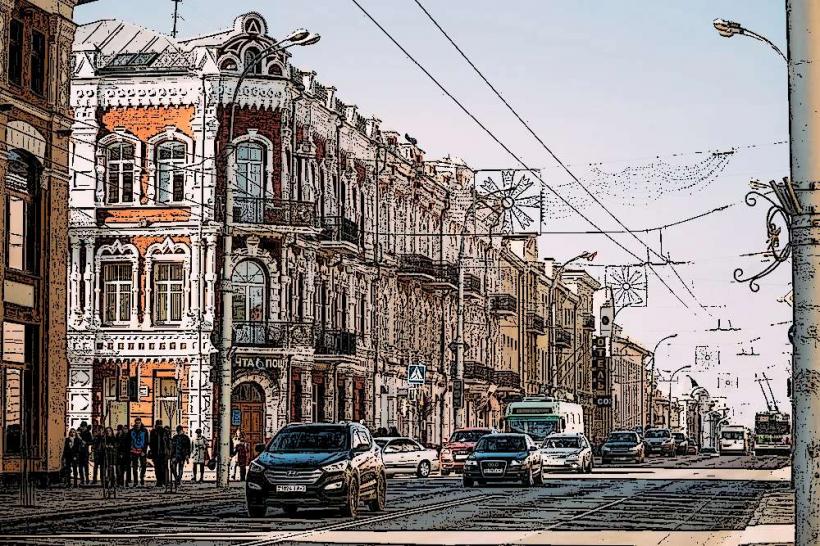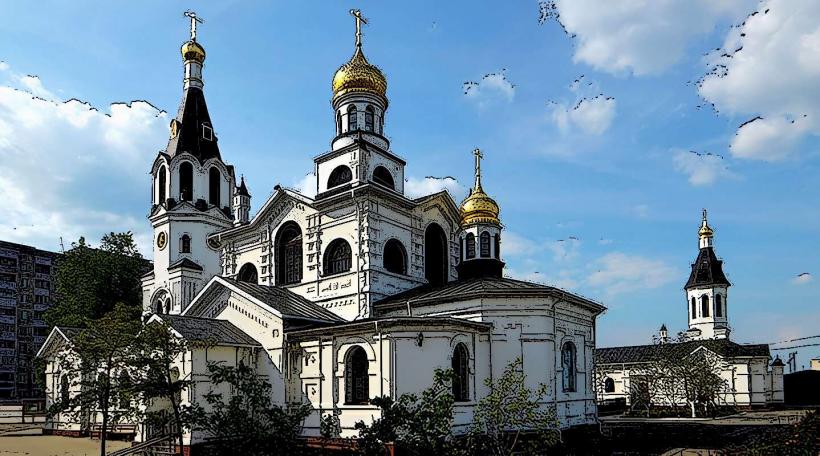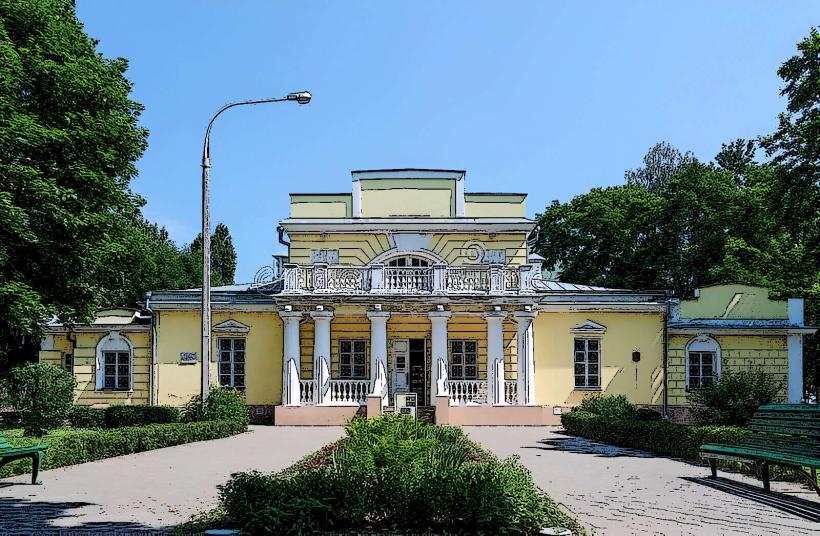Information
Landmark: Chapel of Saint Mary MagdaleneCity: Gomel
Country: Belarus
Continent: Europe
The Chapel of Saint Mary Magdalene in Gomel, Belarus, is a historical and architectural landmark, known for its striking beauty and spiritual significance. It is located in the Gomel Palace and Park Ensemble, which is one of the city's most important cultural and historical complexes. The chapel is an example of religious architecture in the region and plays a central role in both local religious life and the historical context of the area.
1. Historical Background
The Chapel of Saint Mary Magdalene was built in the early 19th century, specifically around 1826, at the request of the local aristocracy, the Rumyantsev-Paskevich family, who were the prominent owners of the Gomel Palace. The chapel was intended as a private family church for the ruling noble family, providing a space for prayer and reflection. It was dedicated to Saint Mary Magdalene, a revered figure in Christianity known for her role in the life and teachings of Jesus.
The chapel's construction was tied to the broader expansion of the Gomel Palace and Park Ensemble, which was being developed as a lavish residence and estate by Prince Vasily Paskevich, a key figure in the Russian Empire. The building of the chapel was part of a larger effort to create a grand, multifunctional estate that included not only the palace but also the park, various structures, and the family’s private chapel for spiritual and ceremonial purposes.
2. Architectural Features
The Chapel of Saint Mary Magdalene is a small, but elegant and decorative structure that combines elements of classical and neo-Gothic architecture, typical of the period. Its design reflects the religious and cultural aspirations of the Russian aristocracy of the time, blending local traditions with European architectural influences.
a. Exterior Design
- The chapel is made of brick and features a classic, rectangular layout. The exterior is adorned with intricate decorative elements, including sculptural details and ornate windows.
- The chapel’s facade features a grand arch above the entrance, with several small decorative niches and stone carvings. This reflects the stylistic trends of early 19th-century ecclesiastical architecture.
- The structure is surrounded by the expansive grounds of the Gomel Palace and Park Ensemble, offering a peaceful, green environment.
b. Interior Design
The interior of the chapel is modestly furnished but is characterized by an atmosphere of reverence and beauty. The altar and iconostasis (a traditional religious screen adorned with icons) are central to the chapel's design, and the space is filled with religious artwork and other sacred objects.
- The chapel also contains beautifully crafted wooden pews for the congregation and stained-glass windows that allow light to filter in, creating a serene ambiance during religious services.
- The iconography and religious imagery inside the chapel are inspired by Eastern Orthodox traditions, in line with the chapel’s dedication to Saint Mary Magdalene and its role as a family place of worship for the Orthodox Christian community.
3. Religious Significance
The Chapel of Saint Mary Magdalene served as a private religious space for the Paskevich family and their guests, providing a place for prayer, reflection, and worship. It was used for private services and ceremonies, often linked to the family’s religious practices.
The dedication of the chapel to Saint Mary Magdalene, a key figure in the Christian faith, highlights her importance as a symbol of devotion, repentance, and redemption. In Orthodox Christian tradition, Mary Magdalene is revered as a saint, and her chapel was likely intended to serve as a space for spiritual renewal and connection with the divine.
4. Cultural and Architectural Value
The chapel is an important part of the Gomel Palace and Park Ensemble, which is a significant cultural heritage site. The Palace and Park Ensemble as a whole is an architectural gem, and the chapel contributes to its overall historic and aesthetic value. The chapel's design, as well as its location within the palace grounds, reflects the aristocratic and religious aspirations of the Paskevich family, showing their desire to combine both cultural and spiritual life in their private estate.
Over the years, the chapel has become an important cultural landmark for the city of Gomel, representing both the rich history of the region and its religious heritage. Today, the chapel is open to the public, allowing visitors to explore its architectural beauty and understand its historical significance within the context of the wider Gomel Palace.
5. Restoration and Preservation
Like many historic religious buildings, the Chapel of Saint Mary Magdalene has undergone several phases of restoration to maintain its structural integrity and preserve its cultural significance. These restorations ensure that the chapel remains an important part of Gomel’s historical and cultural landscape for future generations.
During the Soviet era, many religious buildings faced neglect, and the chapel was no exception. However, following the dissolution of the Soviet Union, the chapel began to be restored, and efforts were made to preserve its artistic and religious value. It continues to serve as a symbol of spiritual and cultural heritage in Gomel.
6. Conclusion
The Chapel of Saint Mary Magdalene in Gomel is an architectural and spiritual treasure, reflecting the region's historical ties to the Russian aristocracy and Orthodox Christian traditions. Its elegant design, rich religious significance, and integral role in the Gomel Palace and Park Ensemble make it an important site for both locals and visitors. Whether as a place of prayer or a piece of architectural history, the chapel offers a glimpse into the spiritual and cultural life of the region during the 19th century.

